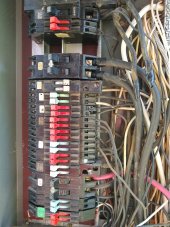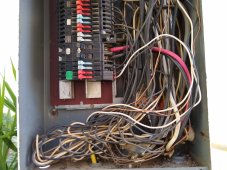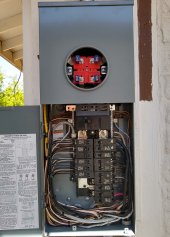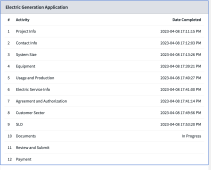Kuma
New Member
OK, that makes sense. Glad to hear that they're responsive. I have had good help from PG&E once I reach the right people. Though it's sometimes hard to know whether you have (and they don't always tell you you got the wrong department)
Regarding the optimizers. If SolarEdge instructions say you have to install them, you have to install them. Otherwise you are violating the listing / NEC. Listing tested it with optimizers/supported config. Electrical code says you have to respect what the manufacturer wrote down.
If you don't like SolarEdge markup you can consider Tigo. The hardware is not as capable as SE optimizers (no MPPT, limited current/voltage matching capability of 25% difference), but they are interoperable with multiple inverter companies. I'm not using Tigo because my abysmal shading situation strongly points to microinverters/individual MPPT rather than strings. As well, DC wiring requires special wiring methods that I was not sure I would understand enough to pull off on my own, when I locked my project parameters a few months ago. After lurking on this forum for a bit more, I'm more confident, but I locked it already.
Those Tigo rapid shutdown devices when paired with SMA inverters seem like a piecemeal design. Extra board is required for the SMA inverter. The Tigo price point seems fair enough for their dual inverter module. Also, we do not have internet here preventing monitoring the system from an app or web site. Blue tooth is possible when I happen to be near, or in, the barn.
Enphase is looking like the strong contender despite my opposition to micro inverters. As mentioned earlier, their are no shade issues or internet.







